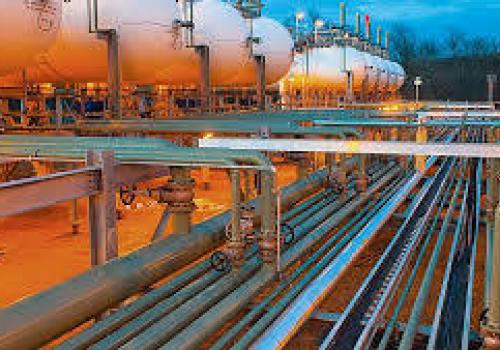Italian gas imports from Libya through the Greenstream pipeline have rebounded since yesterday after they were particularly slow over the previous 10 days.
Italian imports at Gela — where Libyan gas arrives in Italy — were 14.9mn m³ yesterday, the quickest for any day since 31 July. And system operator Snam's forecasts this afternoon suggest receipts could stay quick today, at 13mn m³.
Libyan flows slowed substantially over the previous 10 days. They were 5.7mn m³/d on 8-18 August, down from 12.5mn m³/d earlier in the month and 12.8mn m³/d in July.
The reduction in Libyan receipts may have been because of restrictions to domestic production.
Libya's state-owned NOC on 7 August said that "due to the lack of condensate storage capacities, associated gas production will stop during the coming days".
The Sirte oil and gas company, owned by NOC, "produces natural gas […] from the company's fields in the eastern region, but the closure of the oil ports caused the production of Al-Fargha, Abu Al-Tilf and Field 103 to stop, which led to a decrease in the company's supplies to north Benghazi and Zweitina power stations," NOC said on 12 August.
NOC may have had to divert some supply from its western fields — which supply Greenstream — eastward to keep its gas-fired power plants operational amid lower production from its eastern fields. This in turn may have left less supply available to export to Italy.
Italy's Eni — which exports some of its Libyan output to Italy while selling the remainder to the local market — has previously said that fluctuations in Libyan domestic demand at times have affected available supply for delivery through Greenstream.
Eni was not immediately available for comment on the recent slowdown in Libyan flows.
Imports at Gela have slowed so far in 2020 from a year earlier. They were 12.9mn m³/d on 1 January-19 August, down from 15.7mn m³/d a year earlier.
Production from Eni's north African assets — excluding Egypt — was also down on the year in the first and second quarters, with Eni saying the decline was driven mostly by lower Libyan output.
